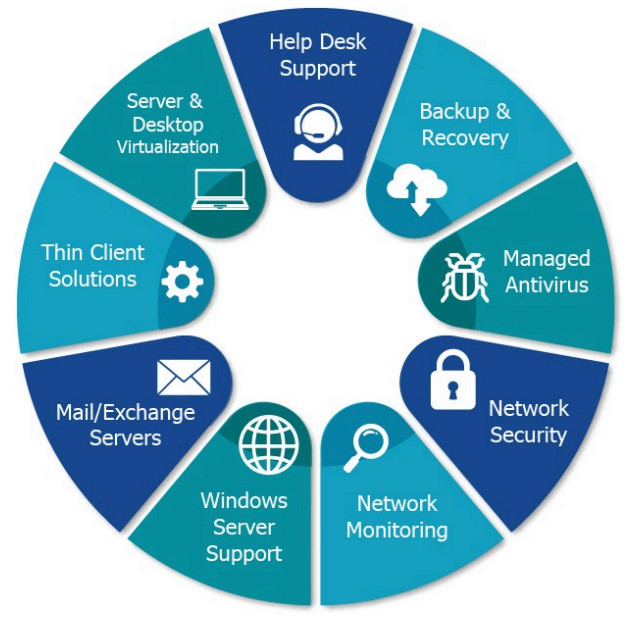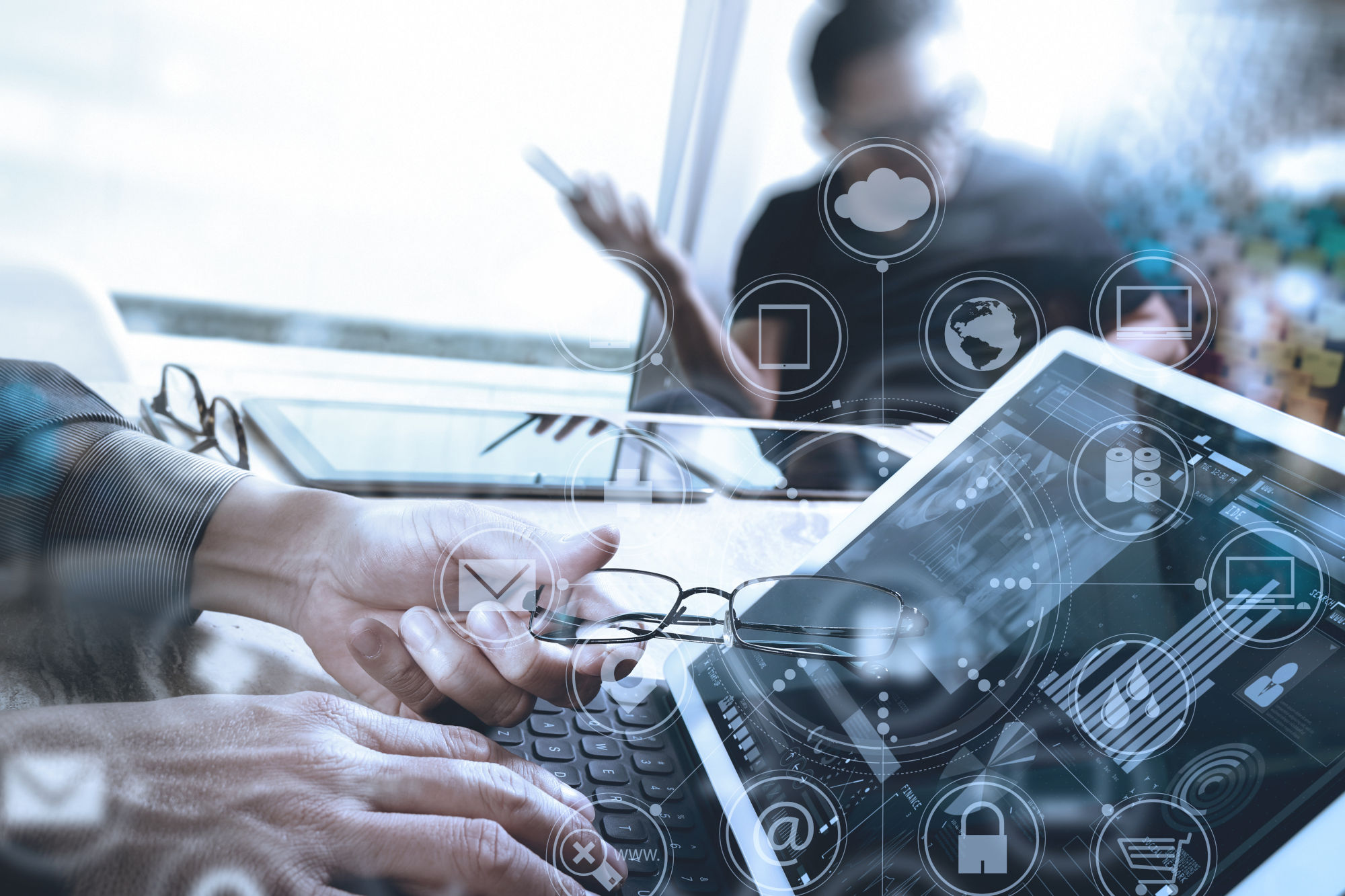Help Desk Support
PDW is the one call solution to centralize your support system designed to assist your users with their issues, questions, or requests related to products, services, or IT infrastructure.
Backup & Recovery
PDW Is your partner in protecting and restoring your company’s data.
- Backup is the act of storing a copy of original data separately to ensure it can be retrieved in case of data loss or damage.
- Recovery is the process of restoring lost, corrupted, or damaged data to its original state.
Managed Antivirus
PDW ensures your antivirus is up to date, runs scans as scheduled, and infections are detected, analyzed, neutralized, and reported immediately. It is a critical step to secure the server, systems, network & wireless access devices.
Network Security
PDW will advise, configure and monitor the policies, people, and procedures that make up your communication infrastructure from cyberattacks, unauthorized access, and data loss.
Network monitoring
Let PDW leverage both software and hardware tools that track various aspects of a network, such as traffic, bandwidth utilization, and uptime.
Windows Server Support
We take the responsibility of monitoring and managing your server environment. We ensure security patches and uptime are monitored as well as provide a one contact solution for upgrades and support.
Mail/Exchange Servers
We take the responsibility of monitoring and managing your mail/Exchange Server(s). We ensure security patches and uptime are monitored as well as provide a one contact solution for upgrades and support
Thin Client Solutions
A thin client connects to a server-based environment that hosts many applications, and sensitive data the user needs. Thin clients can also connect to servers based in the cloud. In many instances, a thin client computer is an effective replacement for a personal computer (PC)
Server & Desktop Virtualization
We are your experts to the technology that allows a single physical server or desktop to be divided into multiple virtual environments.
- Server Virtualization: This involves partitioning a physical server into smaller virtual servers, allowing multiple virtual machines (VMs) to run on the same hardware. Each VM behaves like a separate server, enabling efficient resource management and cost reduction by reducing the need for physical hardware.
- Desktop Virtualization: This technology separates the desktop environment from the physical computer, allowing users to access their desktops remotely from any device. It creates a software-based version of the desktop environment, enabling users to work from anywhere with an internet connection.


